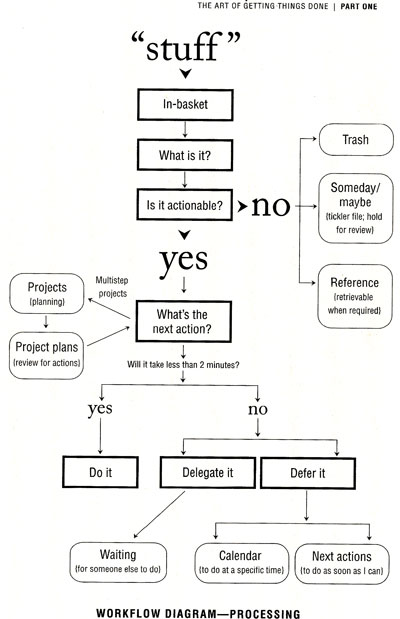About two years ago someone in my network mailed me about a book he was reading "Tapping The Healer Within" by Roger J. Callahan. In this book Thought Field Therapy (TFT) is introduced as healing technique which uses tapping on specific (meridian) points on the body. When I was investigating this TFT therapy online I came across another 'tapping' therapy named EFT which stands for Emotional Freedom Techniques developed by Gary Graig. The EFT technique is based on the TFT-techniques but is easier and does not use diagnosis. Instead it has a basic tapping routine which is like a total overhaul which can be used for all possible issues. You start by giving your issue a SUD score from 0 to 10 (10 being very strong feelings or emotions) normally after a round or 2 of tapping you have a much lower SUD score on this specific issue or it could even be gone forever.
From the emofree.com FAQ:
What is EFT?[How does EFT differ from Thought Field Therapy (TFT)?]
TFT uses similar principles as EFT but asks the student to learn 10 or 15 different tapping routines (called algorithms), each of which is designed to cover a specific issue such as trauma, phobias, depression, etc . Anything not covered by those individual routines (e.g. insomnia, TMJ, dyslexia, etc.) requires a diagnostic process. EFT, by contrast, uses only one comprehensive tapping routine to cover all issues (not just 10 or 15) and doesn't require diagnosis.
EFT is a psychological version of acupuncture, EFT is a simple tapping procedure that gently realigns the body’s energy system, without the discomfort of needles.
The EFT Discovery Statement (premise):
"The cause of all negative emotions is a disruption in the body's energy system."
And because our physical pains and diseases often appear to be connected with our emotions the following statement has also shown merit...
This common sense approach draws its power from (1) time-honored Eastern discoveries that have been around for over 5,000 years and (2) Albert Einstein, who told us back in the 1920's that everything (including our bodies) is composed of energy. These ideas have been largely ignored by Western Healing Practices and that is why EFT can work where nothing else does."Our unresolved negative emotions are major contributors to most physical pains and diseases."
EFT has a very large community and has lots of cases and information available on the website and in the newsletter. The EFT Manual can be downloaded for Free and you can get started immediately. If you are autodidact like me, you can order one or more DVD sets from seminars and live sessions to learn and even become an EFT professional yourself.
You can use EFT as a complementary technique in your practice (Coach, teacher, health-professional). EFT can be applied to just about anything which is also encouraged.
I haven't seen a therapy yet which has such profound and powerful results so quickly.
Why am I convinced about the integrity and positive intentions of Gary Graig? First, the manual is free, and the DVD-sets are very cheap [see EFT Store], especially if you buy more sets. Also, you are allowed to copy and give it away to 100 people.
What really convinced me is that even coaches (like Carol Ann Rowland from ZenSight) who developed their own therapy or intervention style still acknowledge the value of EFT. EFT is highly recommended for personal and professional use. Since this has a lot of potential I'm sure we will see and hear a lot more from these emotional freedom techniques.
In the meantime I have studied most of the EFT series DVD's (it takes some discipline and a long time watching) and I practiced the techniques a lot. Now it feels much more comfortable using and sharing EFT with others. The only remarkable thing is that I fall back to English (instead of Dutch) for the Basic affirmation: 'Even Though I have this [...] I deeply and completely accept myself'.
I am planning to make a compilation DVD with EFT material to watch and learn the basics.
Fortunately even with only 'the basic EFT recipe' most people get results. Just contact me if you have a specific issue you want solved with EFT; EFT can work even if I talk you through it over the phone or with Skype. Great tool for anybody. [Toine Fennis]




